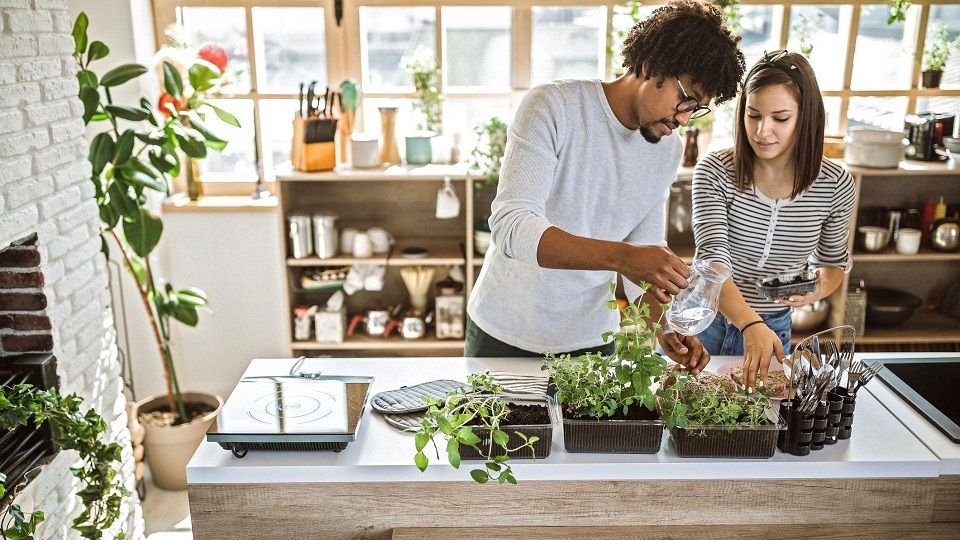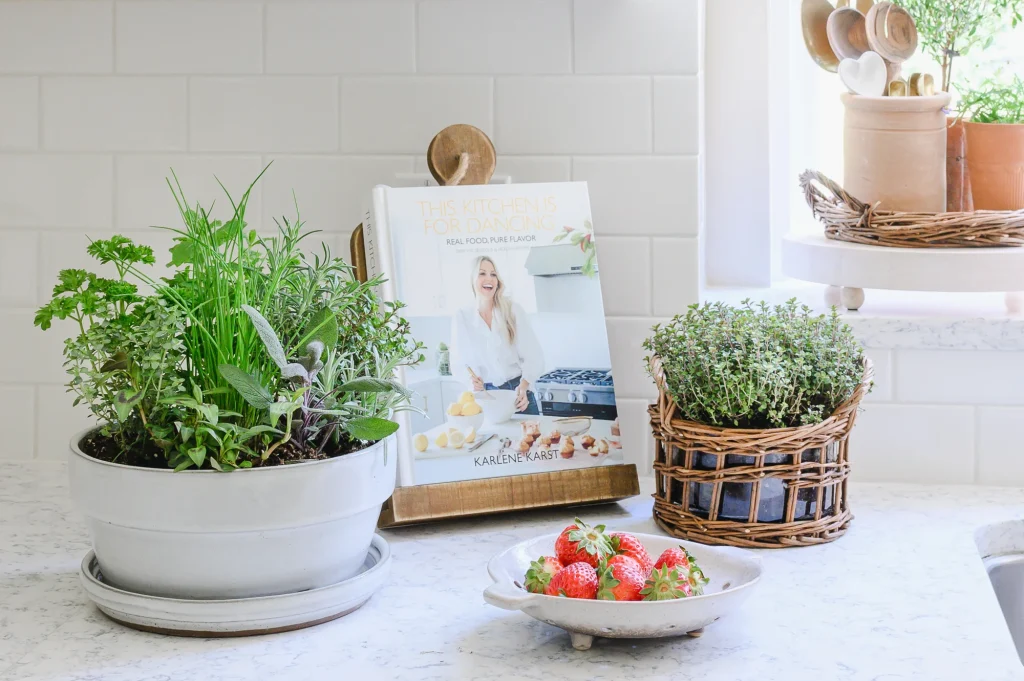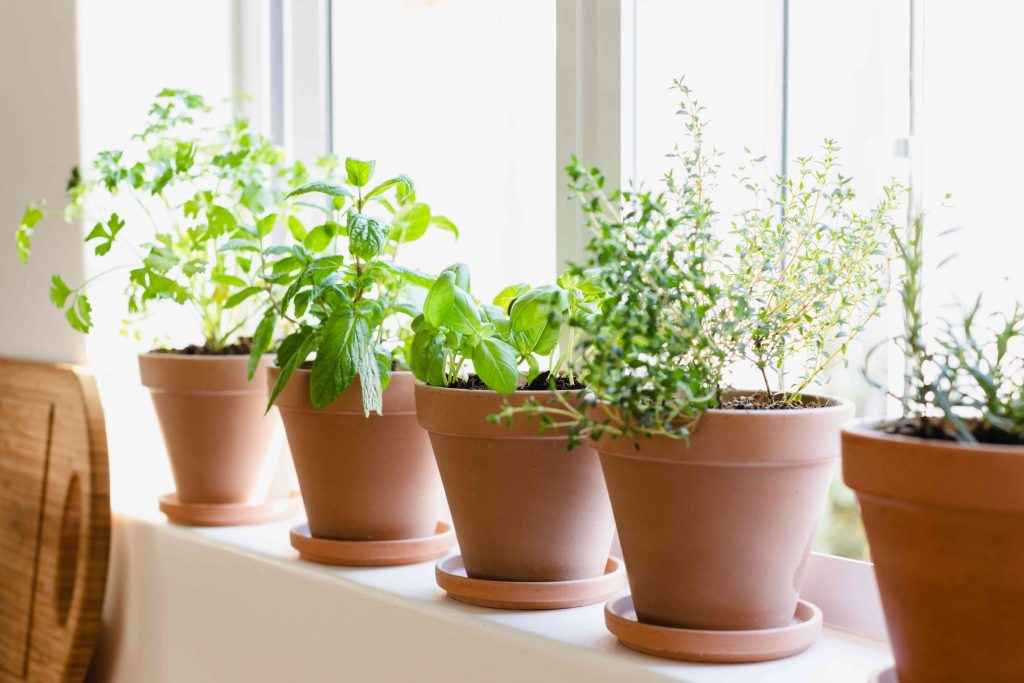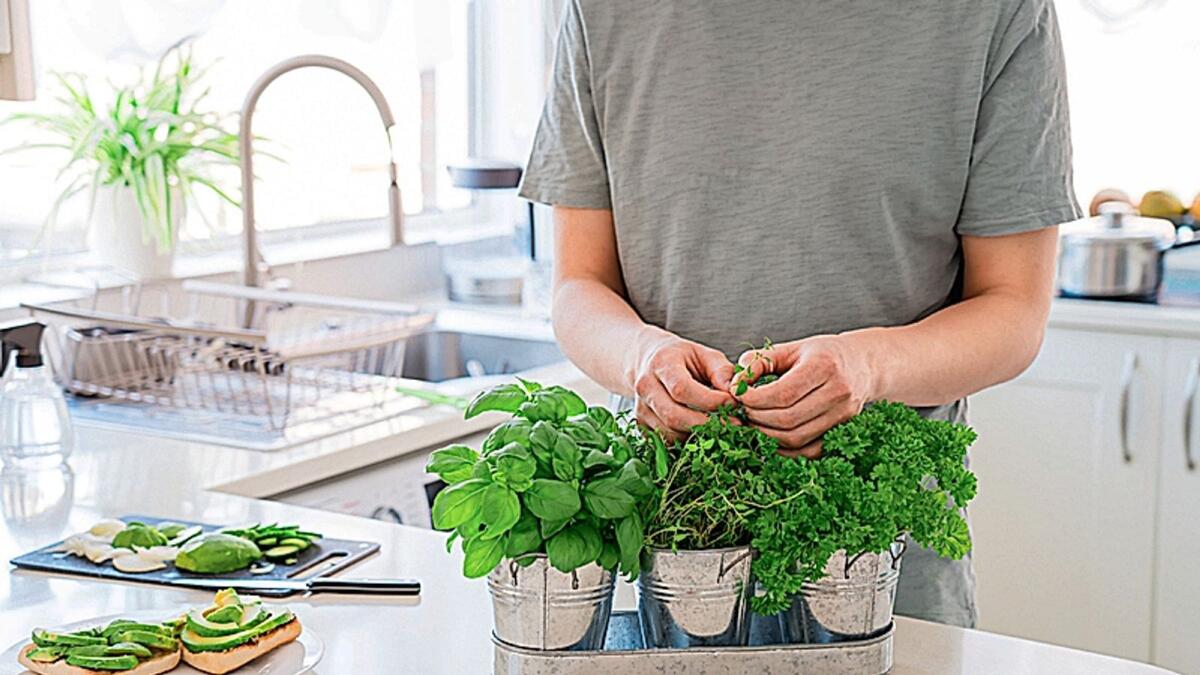Fresh herbs can completely transform your cooking, adding vibrant flavors and enticing aromas to your meals. While grocery stores offer a variety of options, growing your own herbs in your kitchen not only ensures freshness but also gives you the satisfaction of nurturing your own little green garden. The good news is that growing herbs indoors is easier than you might think, even if you have limited space. Here’s a comprehensive guide on how to successfully grow herbs right in your kitchen.
1. Choose the Right Herbs

Not all herbs thrive indoors, so it’s important to select varieties that are suitable for kitchen conditions. Popular and easy-to-grow herbs include basil, parsley, cilantro, chives, thyme, rosemary, oregano, and mint. These herbs generally require minimal care and can thrive in pots with adequate sunlight. If you’re a beginner, start with one or two types and expand your collection as you gain confidence.
2. Pick Suitable Containers
The right container is crucial for indoor herb gardening. Ensure that the pots you choose have drainage holes to prevent water from accumulating at the bottom, which can lead to root rot. Clay or terracotta pots are ideal as they allow the soil to breathe and help regulate moisture. If you prefer a modern touch, decorative ceramic pots with saucers can also work, but just make sure drainage is adequate.
3. Use Quality Soil
Herbs need well-draining soil to thrive. Avoid using garden soil, which can be too dense for indoor pots. Instead, choose a high-quality potting mix specifically designed for herbs or indoor plants. These mixes are light, airy, and rich in nutrients, providing the ideal environment for your herbs to grow. Adding a small amount of perlite or sand can improve drainage further.
4. Provide Adequate Light

Sunlight is one of the most critical factors for indoor herb growth. Most herbs require at least 4–6 hours of direct sunlight daily. Place your pots near a south-facing window if possible. If natural light is insufficient, consider using a grow light to supplement it. LED grow lights are energy-efficient and provide the right spectrum of light that herbs need for photosynthesis. Rotate your pots regularly to ensure all sides receive equal light exposure.
5. Water Wisely
Overwatering is a common mistake in indoor herb gardening. Herbs prefer slightly moist soil but can suffer if waterlogged. Check the soil regularly by sticking your finger about an inch deep; if it feels dry, it’s time to water. Use room-temperature water and water the soil directly rather than the leaves to prevent fungal issues. For herbs like rosemary and thyme, which prefer drier conditions, allow the soil to dry out slightly between watering.
6. Fertilize Occasionally
Even though herbs are not heavy feeders, occasional fertilization will help keep them healthy and productive. Use a balanced, water-soluble fertilizer every 4–6 weeks during the growing season. Avoid over-fertilizing, as it can lead to excessive leafy growth with weaker flavors. Organic options such as compost tea or diluted fish emulsion are also excellent choices for nurturing your herbs naturally.
7. Prune and Harvest Properly
Regular pruning encourages bushier growth and prevents your herbs from becoming leggy. Use sharp scissors to trim leaves and stems, always cutting just above a leaf node. Harvest herbs in the morning when their essential oils are at their peak, ensuring maximum flavor. Be careful not to remove more than one-third of the plant at a time, as over-harvesting can stress the plant.
8. Maintain a Clean Environment

A clean kitchen environment is crucial for indoor herbs. Remove any dead or yellowing leaves to prevent pests and disease. Keep your pots and the surrounding area tidy, and check for signs of aphids, spider mites, or fungal infections. Herbs grown indoors are less prone to pests than outdoor plants, but vigilance is key.
9. Experiment with Growing Techniques
Once you’re comfortable with basic herb gardening, experiment with techniques like hydroponics or vertical gardening. Hydroponic herb kits allow you to grow plants without soil, using nutrient-rich water solutions, which can be perfect for small kitchens. Vertical gardens or hanging planters can maximize limited space while adding a decorative touch to your kitchen.
Conclusion
Growing herbs in your kitchen is a rewarding way to enhance your cooking, improve your home’s air quality, and bring a touch of nature indoors. By choosing the right herbs, providing proper light, water, and care, and regularly pruning and harvesting, you can maintain a thriving indoor herb garden all year round. With a little patience and attention, your kitchen can become a lush, aromatic haven filled with fresh herbs ready to elevate every meal.




